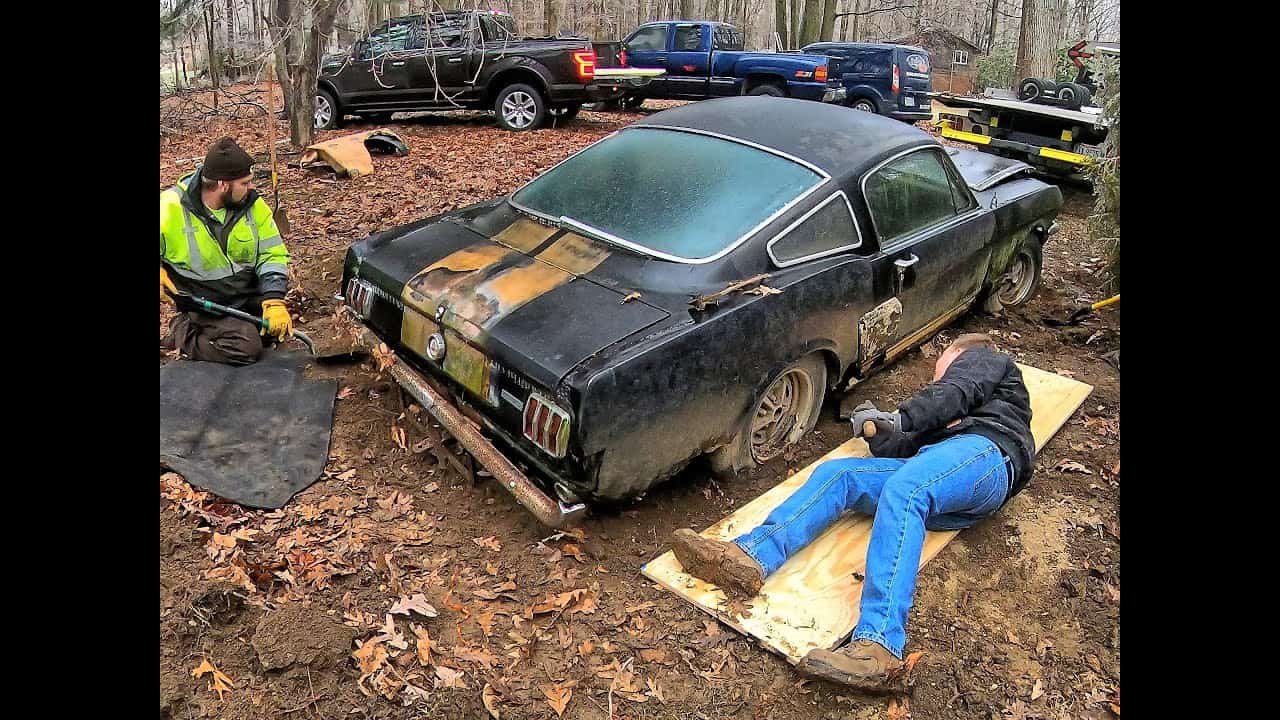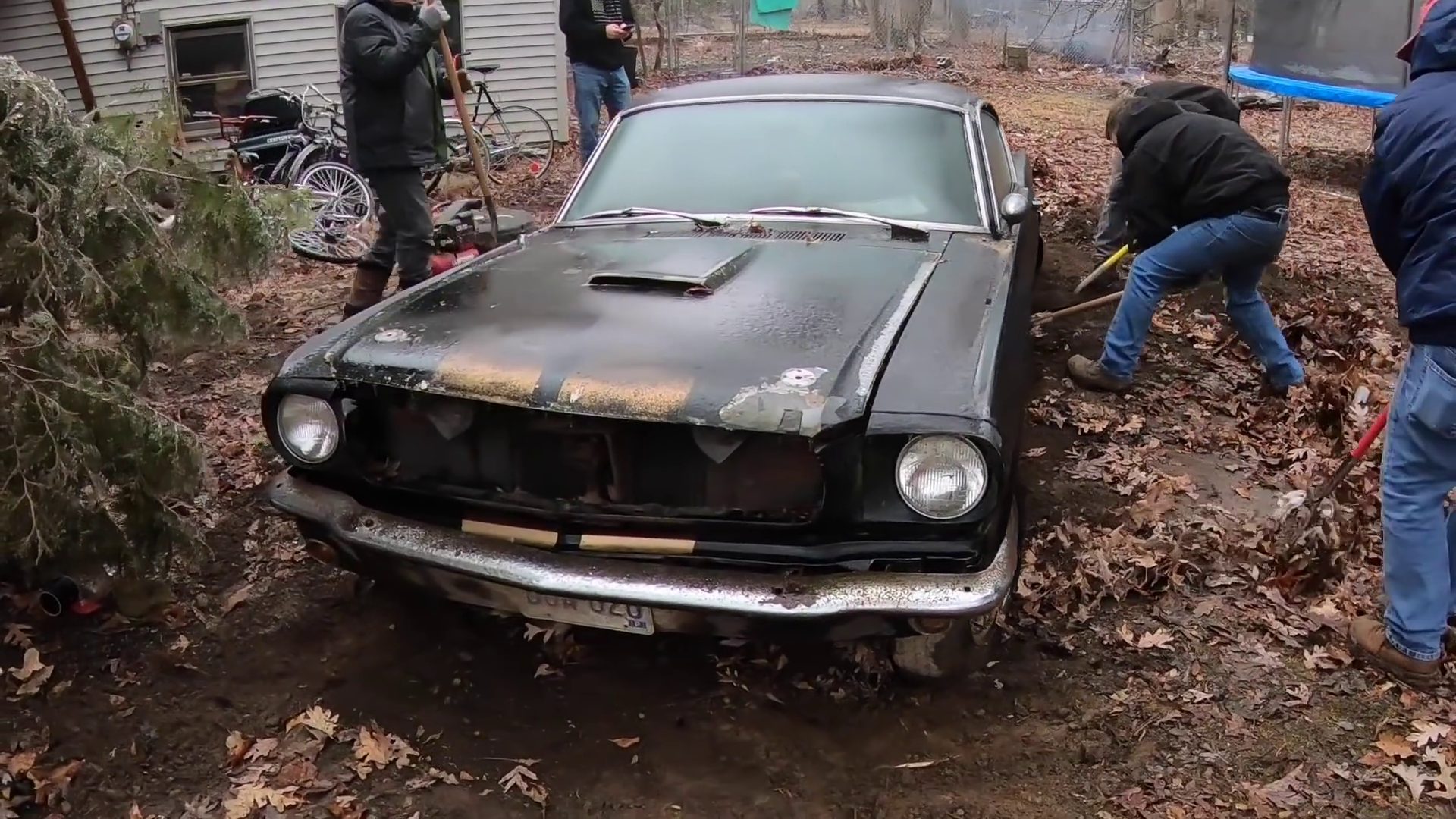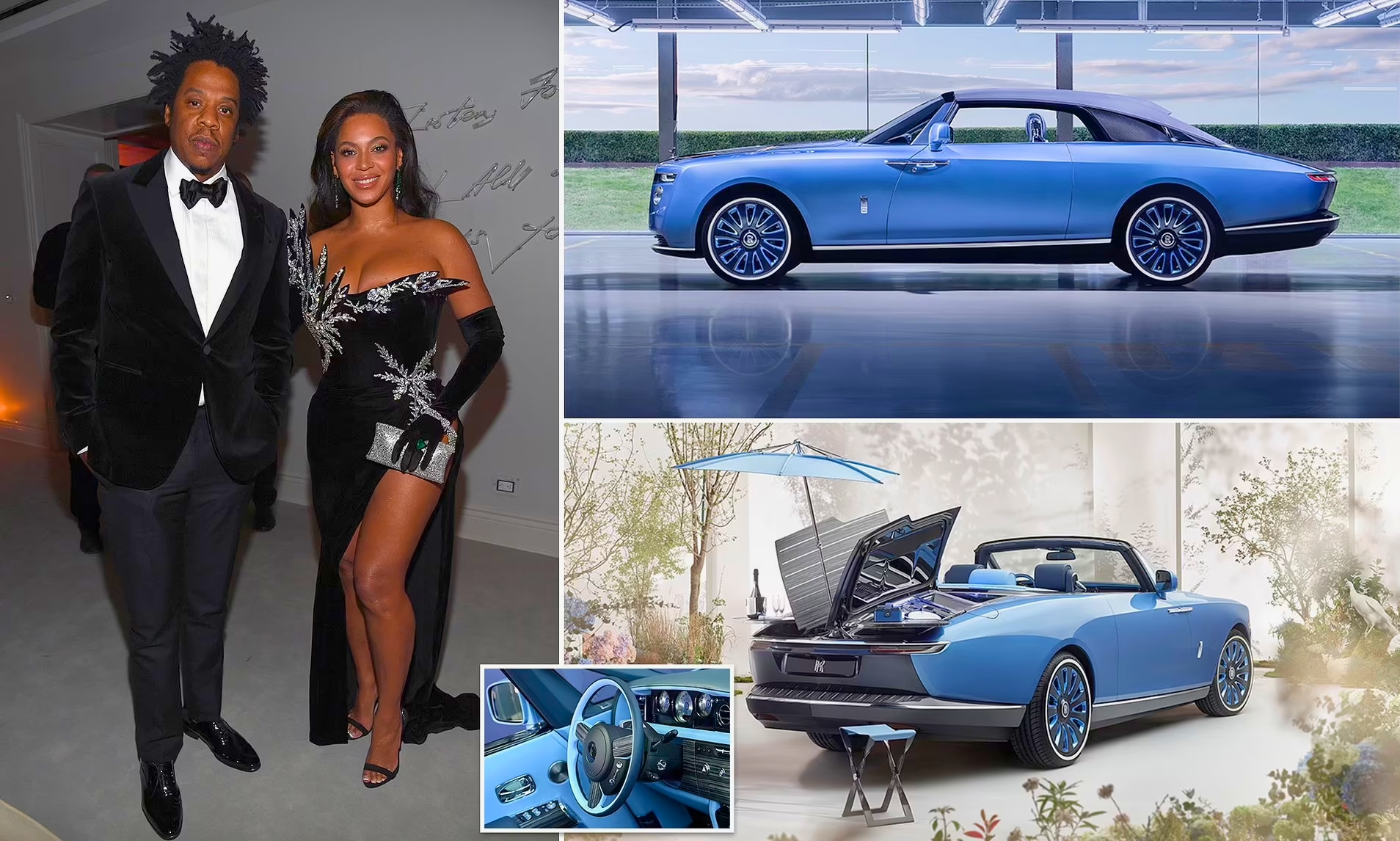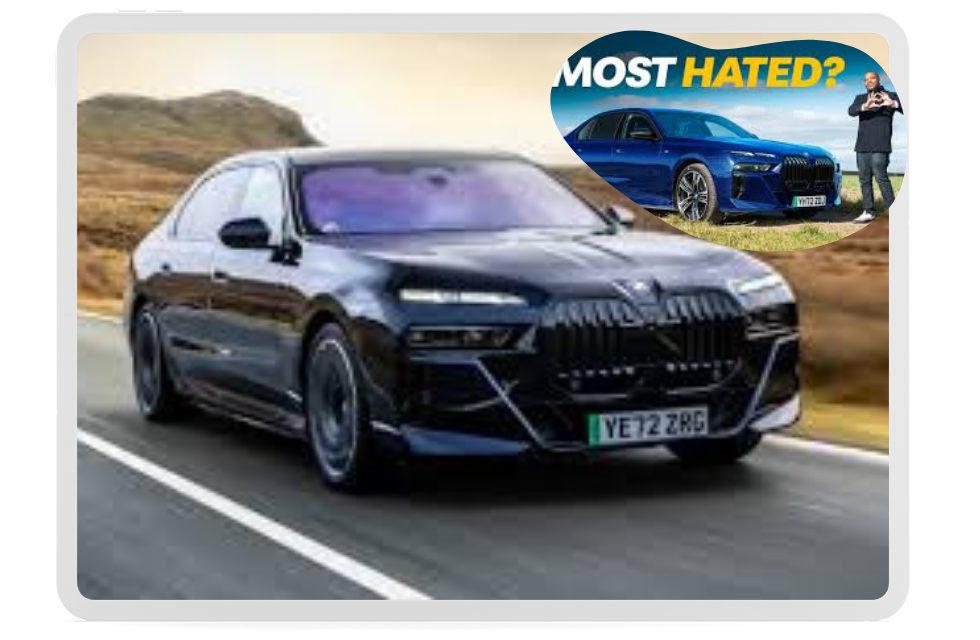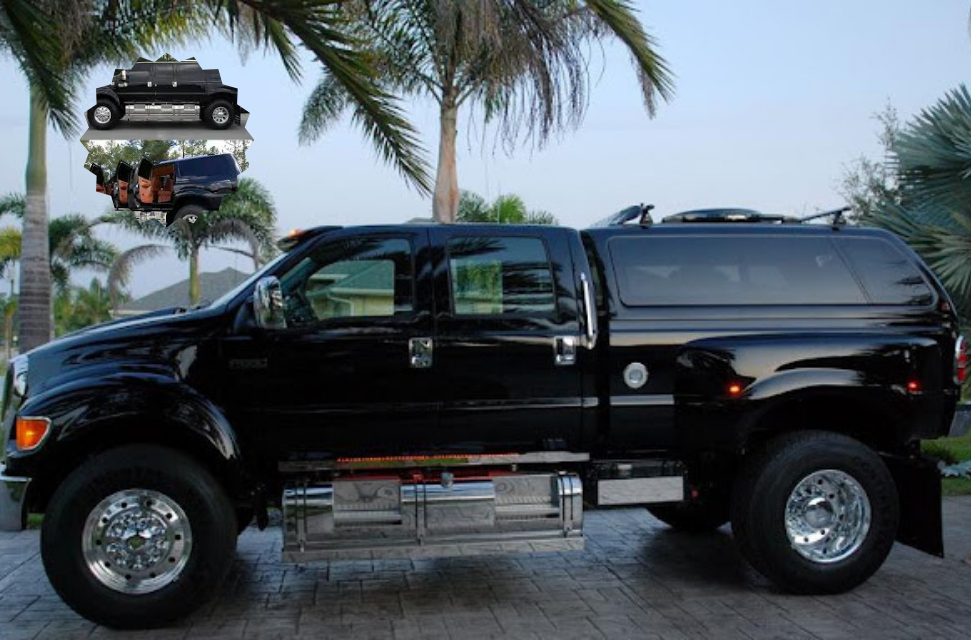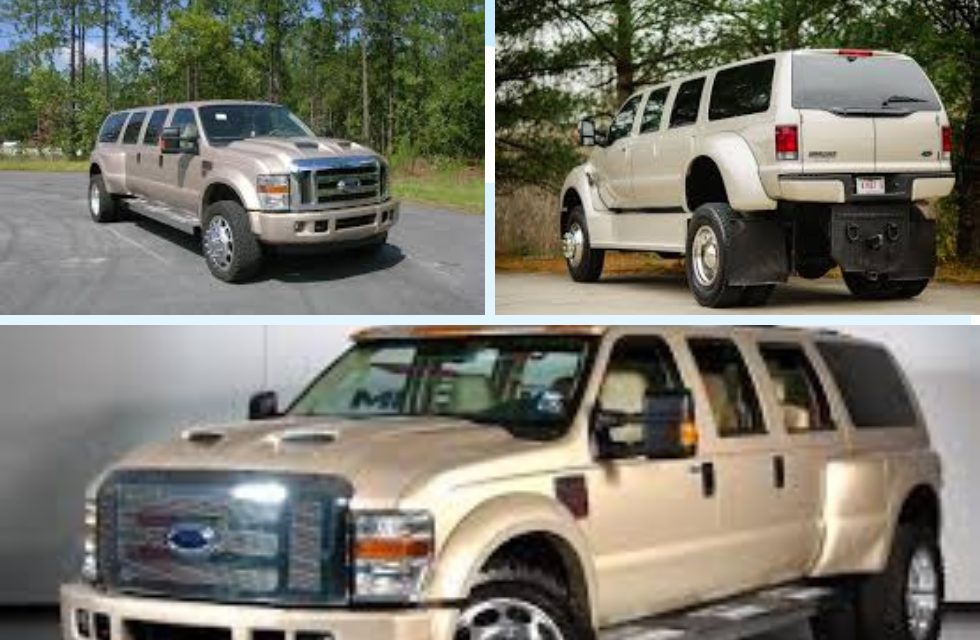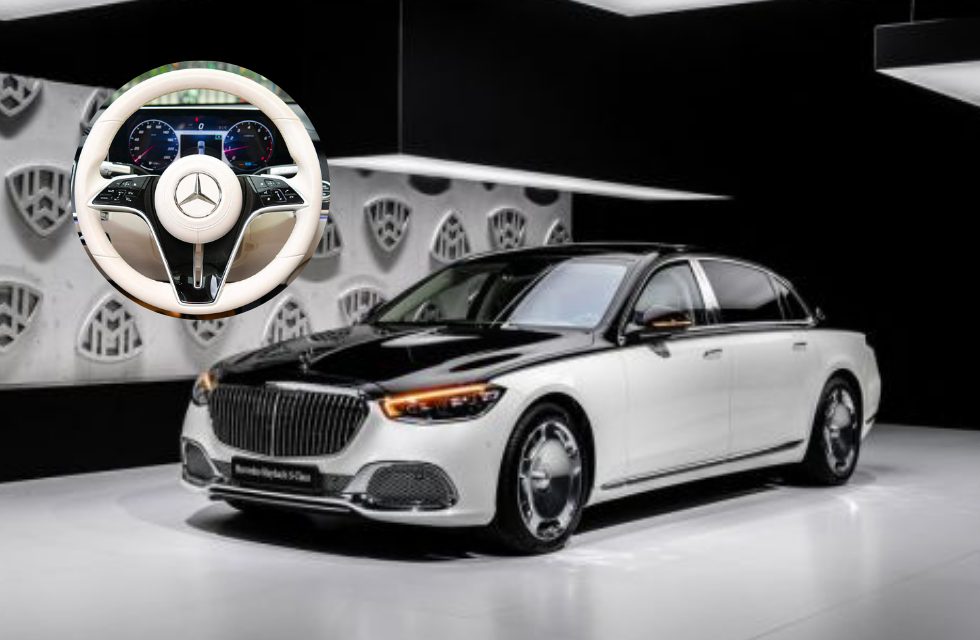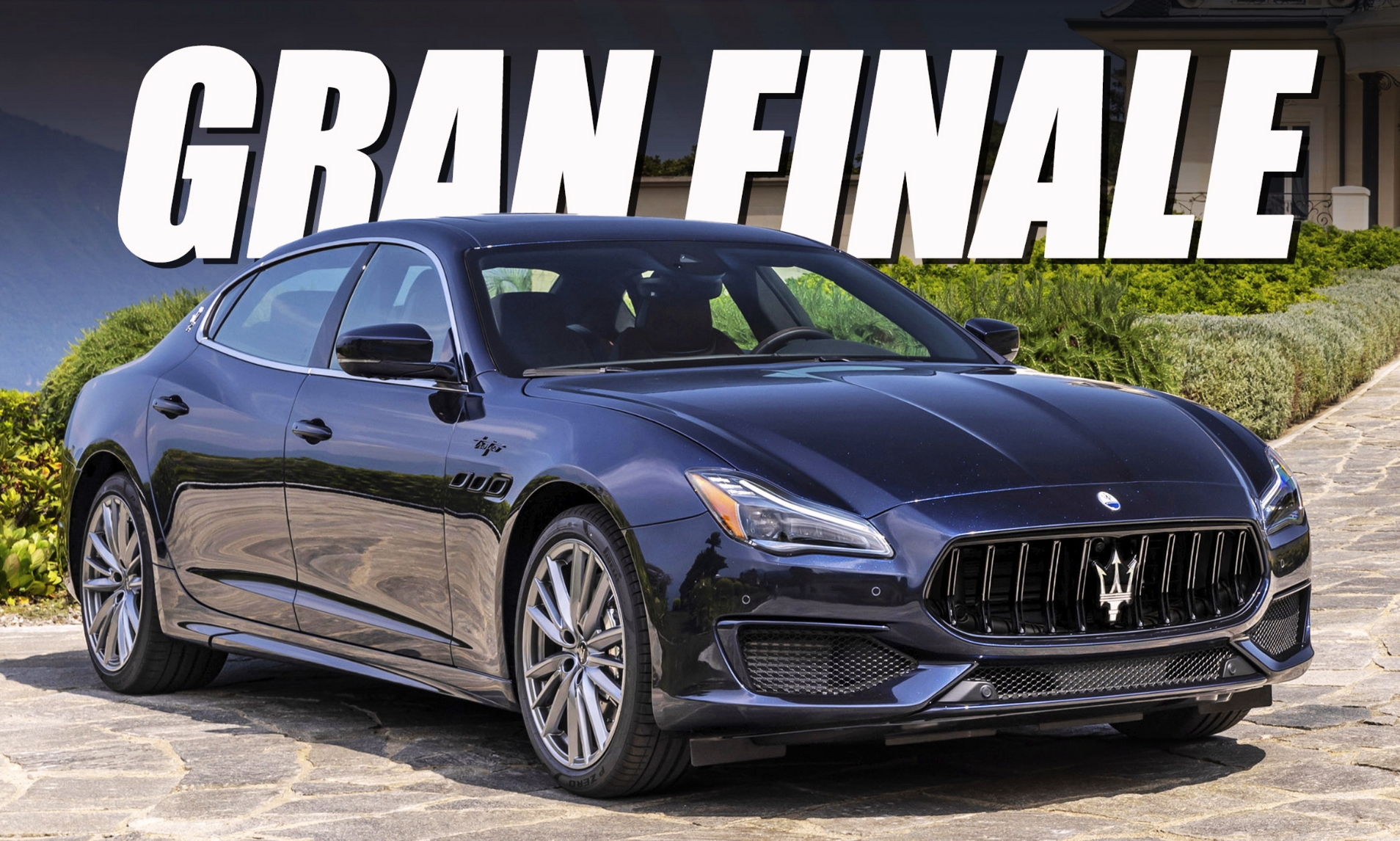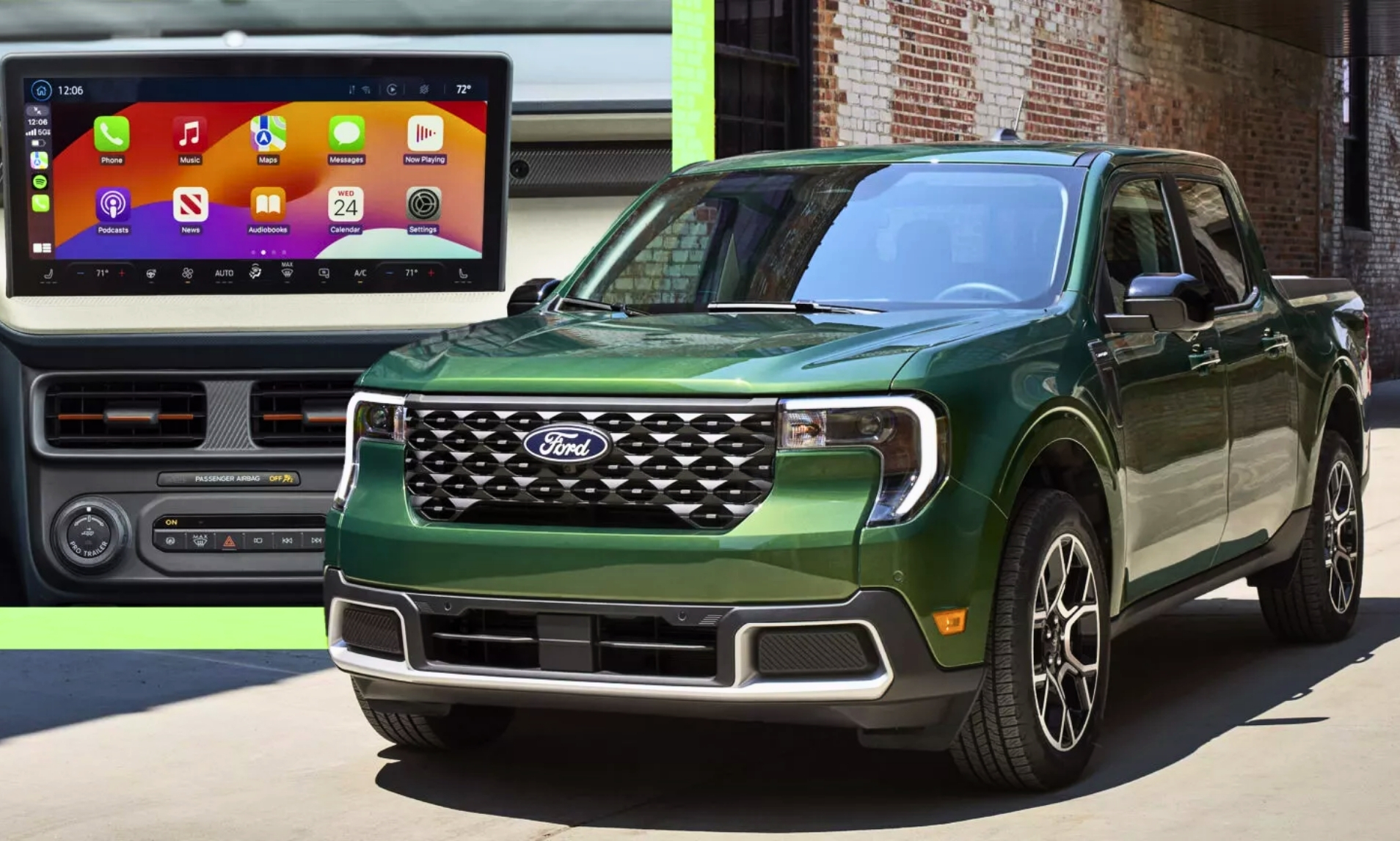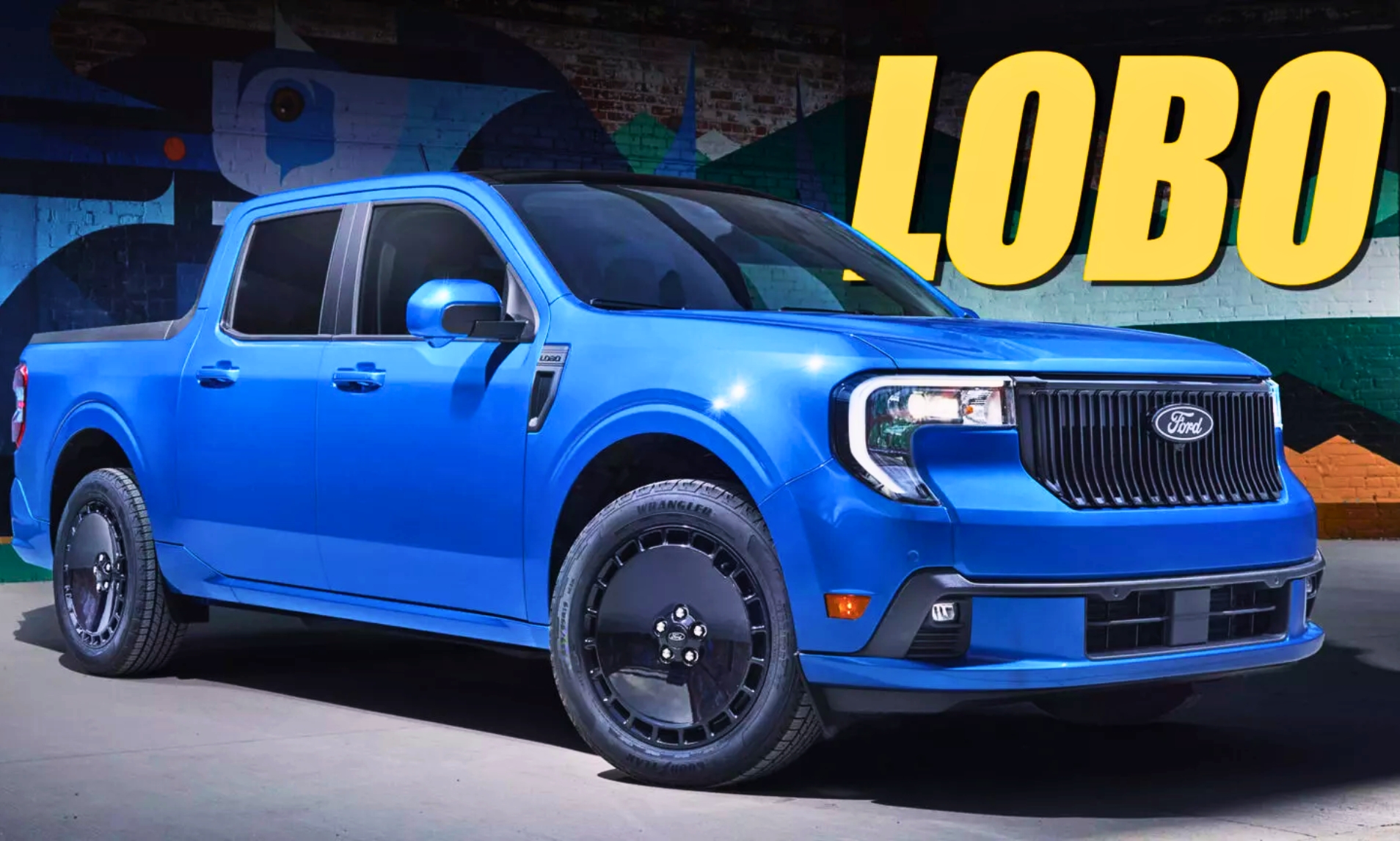The sales figures following the launch of the Ford Mustang in April of 1964 were nothing short of a phenomenon. Eighteen months into production, sales would reach nearly one million. Instead of waiting for the ‘bubble to burst,’ Lee Iacocca worked on the ‘win on Sunday, sell on Monday’ formula. Although a sales success, the early Mustangs were not the epitome of Total Performance, especially since this pony car was based on Ford’s old economy car the Falcon. By this point in history, Carroll Shelby was known, trusted, and respected by Ford, thanks to his efforts in engineering the successful Cobra projects. In December 1964, the Sports Car Championship of America accepted the GT-350 into B-Production Racing. The Shelby GT-350 was unveiled by Shelby on January 27th of 1965 and during its racing career, the GT350 delivered three SCCA B-Production Championships in 1965-1967 for Ford.
January 1965 was a busy month for Shelby America as Ford turned the GT-40 project over to him and two months later the company moved to the Los Angeles Airport facility for continued GT-350 production. The GT-350 began life as a White Mustang 2+2 delivered initially to Carroll Shelby’s shop in Venice California from Ford’s San Jose California Plant. They were powered by High-Performance 289 cubic-inch V8 engines backed by a four-speed manual gearbox.
Most of Shelby’s contributions were aimed at the chassis and handling of the Mustang, transforming it into a highly competitive sports car. The concept was a performance sports car from the start and not a conventional muscle car. Shelby modifications to the Hi-Po 289 V8 included a special high riser aluminum manifold, center pivot float Holley four-barrel carburetor, finned Cobra aluminum valve covers, extra capacity finned and baffled aluminum oil pan, and specially designed hand-built tubular tuned exhaust system featuring straight through glass-packed mufflers. These changes brought the standard 271 horsepower to 306 bhp.
Additional mechanical improvements included fully synchronized Borg-Warner special Sebring close-ratio four-speed manual transmission with lightweight all-alloy case, nine-inch Detroit ‘no-spin’ differentials, computer-designed competition suspension geometry, Koni adjustable shock absorbers, one-inch diameter front anti-roll bar, fully stabilized, torque-controlled rear axle equipped with No-Spin limited-slip differential, Kelsey-Hayes front disc brakes with ventilated disc and special full competition pads, wide drum rear brakes with metallic linings, and trunk-mounted battery for optimum weight distribution.
Exterior changes included the lightweight fiberglass hood with integrally designed functional air scoop, 350 competition side stripes, a clean-looking grille, and a tricolored running horse located on the driver’s side of the grille.
